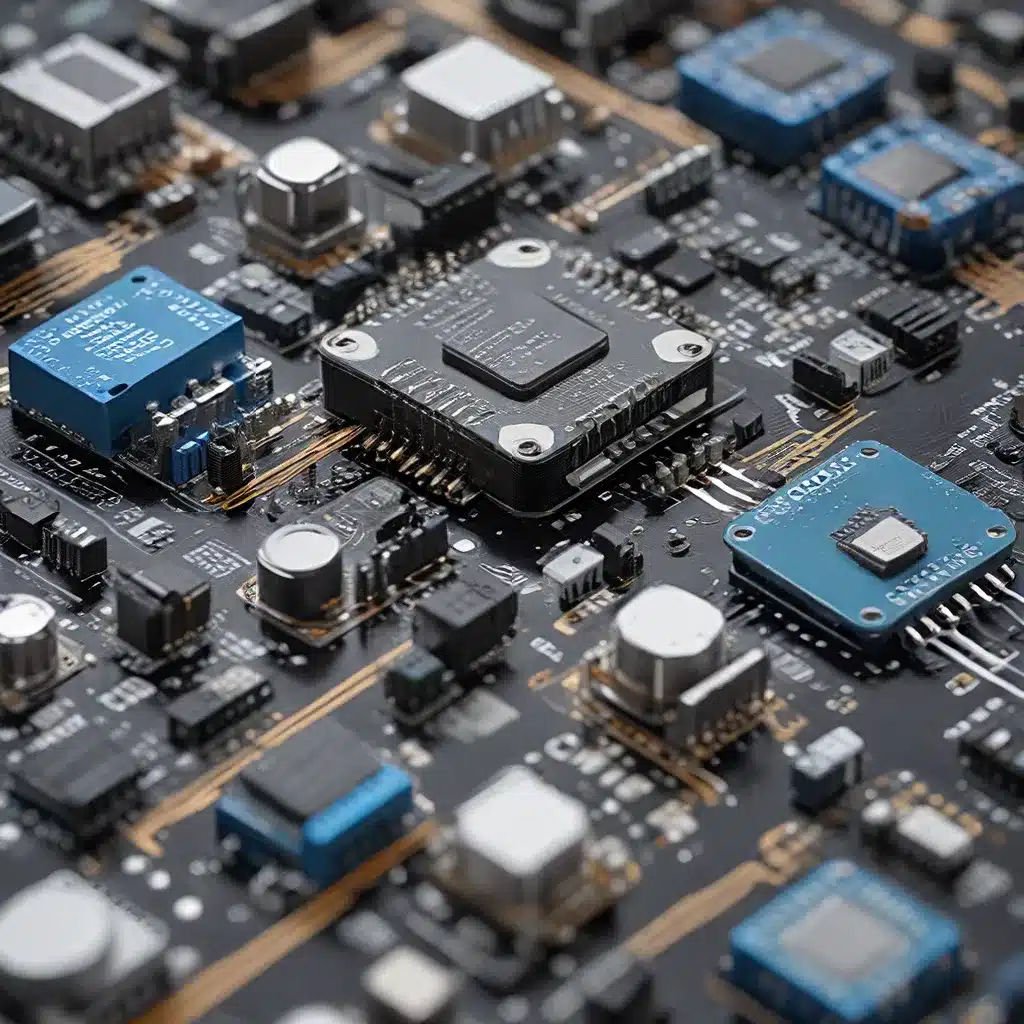
In the rapidly evolving landscape of the Internet of Things (IoT), the role of sensor networks has become increasingly crucial. These interconnected systems of sensors, gateways, and data processing units play a vital part in enabling the seamless collection, transmission, and analysis of real-time data. As IoT applications continue to expand across industries, the importance of sensor network design and fault-tolerant data acquisition has become paramount.
Designing Resilient Sensor Networks
At the heart of any IoT system lies the sensor network, responsible for gathering the raw data that informs critical decision-making processes. Ensuring the reliability and resilience of these networks is a primary concern for IoT developers and system architects.
Sensor network design encompasses a range of considerations, from the topology and communication protocols to the energy management and security measures employed. By carefully crafting the network architecture, IoT systems can achieve a higher degree of fault tolerance and data availability, even in the face of unexpected disruptions or failures.
One approach to enhancing sensor network resilience is the implementation of distributed coordination algorithms. These algorithms enable sensors to self-organize, synchronize, and adapt to changing environmental conditions, ensuring that critical data is continuously collected and transmitted. Techniques such as localization, time synchronization, clustering, and topology control are instrumental in this process, allowing sensors to work together seamlessly and maintain network connectivity.
Fault-Tolerant Data Acquisition
In addition to robust network design, the data acquisition process itself must be engineered to withstand faults and failures. IoT systems often operate in harsh or unpredictable environments, where sensor malfunctions, communication interruptions, or power outages can disrupt the flow of valuable information.
To address these challenges, researchers have developed advanced fault tolerance strategies for sensor networks. These strategies include redundancy, error detection, and self-healing mechanisms, which ensure that critical data is captured and delivered, even in the face of individual sensor or node failures.
Redundancy, for instance, can be achieved by deploying multiple sensors at a single location, with the data from these sensors being cross-checked and aggregated to provide a robust and reliable representation of the observed phenomena. This approach not only enhances fault tolerance but also improves the accuracy and precision of the collected data.
Another key aspect of fault-tolerant data acquisition is the development of intelligent data processing algorithms. These algorithms, often leveraging machine learning and data analytics techniques, can detect and mitigate the impact of sensor faults, data loss, or communication failures, ensuring that the final dataset remains coherent and usable for downstream applications.
IoT Applications and Security Considerations
The applications of sensor networks and fault-tolerant IoT systems span a wide range of industries, from environmental monitoring and smart cities to industrial automation and healthcare. In each of these domains, the ability to reliably collect and process sensor data is crucial for enabling data-driven decision-making, optimizing operations, and enhancing overall system performance.
However, as the IoT ecosystem continues to expand, the security of these sensor networks has become an increasingly critical concern. Malicious actors may attempt to compromise the integrity of the data, disrupt the network’s operations, or even gain unauthorized access to sensitive information.
To address these security challenges, researchers and developers are exploring innovative security protocols and encryption techniques tailored for IoT environments. These include lightweight cryptography, secure communication protocols, and anomaly detection mechanisms that can identify and mitigate cyber threats in real-time.
Energy Management and Sustainability
Another key consideration in the design of sensor networks for IoT is energy management. Sensors are often deployed in remote or hard-to-reach locations, where access to reliable power sources can be a challenge. Consequently, the energy efficiency and sustainability of these networks have become essential factors in their design and deployment.
Strategies such as energy harvesting, duty cycling, and dynamic power management are being employed to extend the operational lifetime of sensor nodes and ensure the long-term viability of IoT systems. By optimizing the energy consumption of individual sensors and the network as a whole, IoT developers can create self-sustaining systems that require minimal maintenance and intervention.
Conclusion
As the IoT landscape continues to evolve, the coordination and fault tolerance of sensor networks will play an increasingly crucial role in driving successful IoT deployments. By leveraging advanced design techniques, data acquisition strategies, and security measures, IoT developers can create resilient and reliable systems that unlock the full potential of sensor-driven insights and decision-making.
Ultimately, the seamless integration of sensor networks and IoT technologies will be a key enabler for a wide range of smart and connected applications, transforming industries, enhancing sustainability, and improving the quality of life for individuals and communities around the world.
To explore the latest advancements and practical applications of sensor networks and IoT, be sure to visit sensor-networks.org, your go-to resource for all things sensor-related in the digital age.